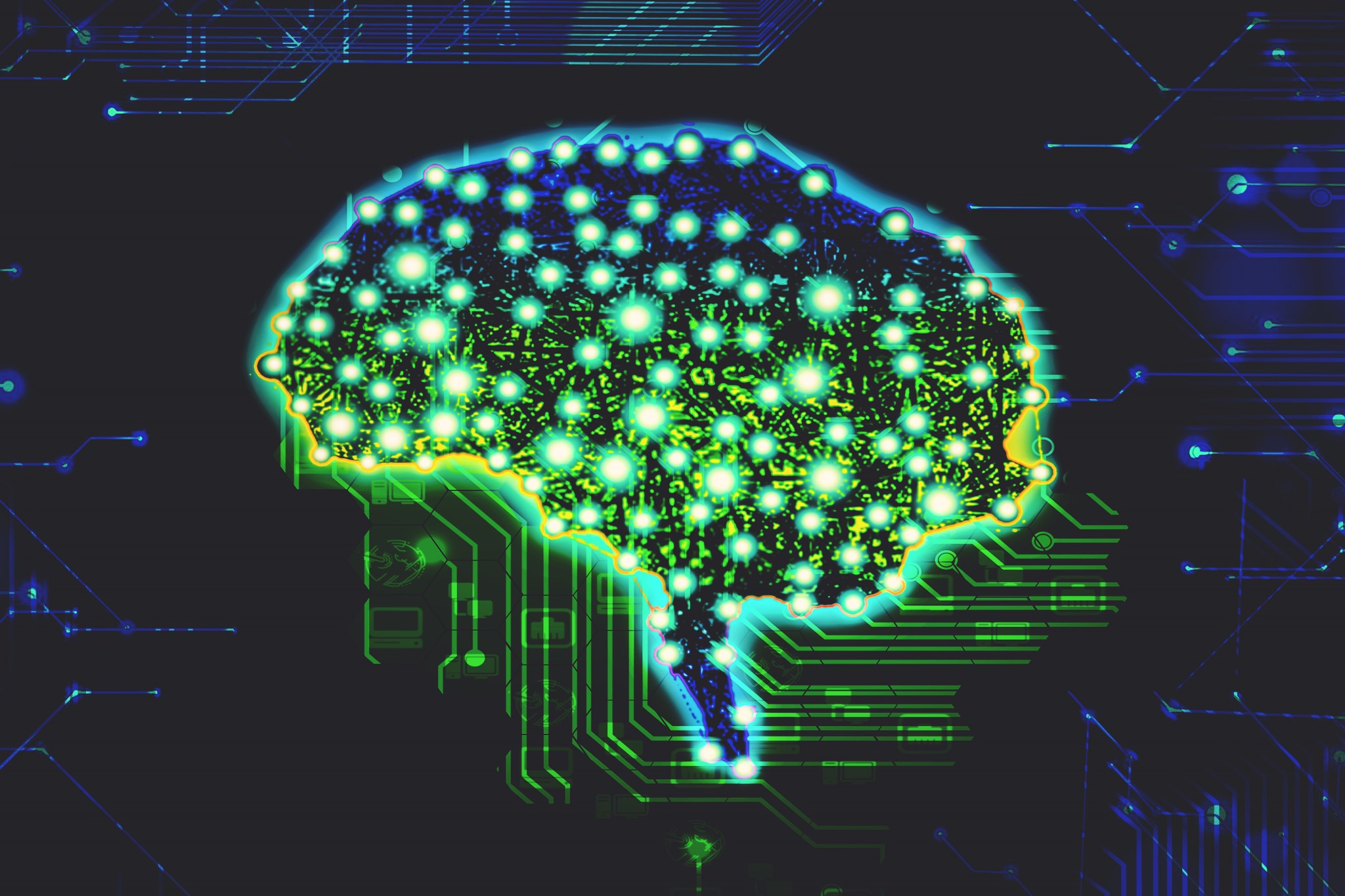Core research topics
Fraunhofer IIS has many years of expertise in machine learning as well as in the subfields of reinforcement learning and deep learning.
By applying this expertise to a variety of applications including sports analytics, Industrie 4.0, and tracking, the institute can provide its customers with tailored solutions.
Machine learning for signal processing
Signal processing uses different algorithmic techniques to filter and classify signals, detect patterns in them and prepare them for further processing. Machine learning (ML) makes it possible to harness suitable data to create new algorithmic solutions, tapping the potential for new applications where conventional solutions fail. In addition to traditional ML models such as support vector machines, we use state-of-the-art ML approaches including artificial neural networks to process, among others, radio signals for positioning and communication based on radio waves.
A key application in the digital economy is using the existing radio infrastructure to determine the position of radio transmitters such as smartphones or other mobile devices. While traditional approaches to signal processing in complex environments – such as logistics centers – fail, Fraunhofer IIS employs special types of artificial neural networks to make it possible to use radio-based positioning solutions even under difficult conditions.
Machine learning for human movement
As well as being highly dynamic and individual, human movement varies according to time and context. Due to these challenges and dependencies, the ways people move around can be formalized only to a very limited extent, which in turn means they can never be fully and accurately described.
In contrast to established probabilistic methods, which use empirical analysis to describe human movement, machine learning and deep learning methods learn all dependencies directly from experience based on the available movement data. As the amount of available data increases, the better these state-of-the-art methods learn – over time and independently of context – to translate the given data streams from various sensors into the correct human movement.
In addition, unsupervised deep learning methods can be used to exploit unknown connections between sensor data streams and basic movement information in everyday life and thus in time become more intelligent.
A clever combination of traditional methods and artificial intelligence (AI), known as hybrids, can bridge the gap left by any uncertainties in AI. This enables them to make virtually flawless predictions for current human movement as well as for future movement in connection with people’s social behavior.
Machine learning for embedded systems
Embedded systems use both traditional machine learning and deep learning. We use multi-objective automatic machine learning (AutoML) to resolve target conflicts between model performance and computing or storage costs. AutoML also fits the very short timeframe needed to produce an initial prototype. We have optimized our algorithms of choice and processing workflows for use with ML pipelines, which were developed specially for embedded systems.
For the targeted application of deep learning models, we use methods such as deep compression and search algorithms for neural architectures. This allows us to produce small yet powerful deep learning models for applications unsuitable for standard networks.


